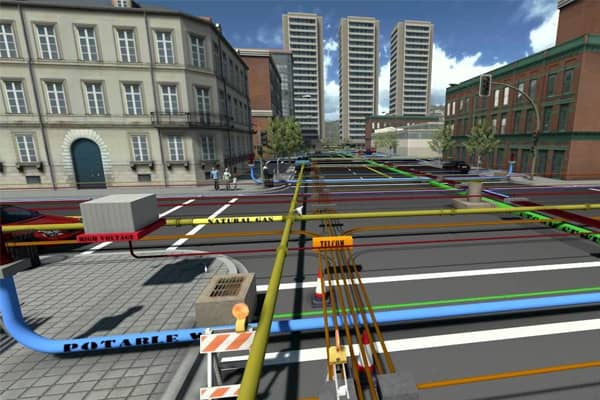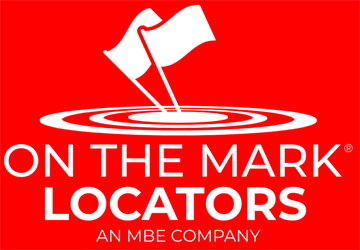Did you know that Google Earth features utility line mapping? Now you can easily see your lines on an aerial map, allowing your customers to find your utility services quickly and efficiently. You can now take Google Earth’s accuracy to the next level by using the geode sub-foot GPS unit with RD8100/8200 Receiver with Google Earth Utility Line Mapping. Now anyone can easily map their utility lines with sub-foot GPS precision and share them as a Google Earth file. Read on to learn more about how this combination of products can help you attract new business with sub-foot GPS precision maps!

What Is GPS Utility Mapping?
Finding underground utilities can be tricky, but GPS utility maps ensure that all necessary information about underground utilities is available via digital means in an easy-to-navigate format. Kit includes Geode GPS unit and accessories. Subsurface Maps App and RD8100/8200 were purchased separately.
How Does GPS Support Asset Management?
How Accurate Are GPS Surveys?
When paired with RD8100 or RD8200 receiver, they’ll not only provide sub-foot GPS precision but also deliver RTK navigation performance in seconds—enabling users to move across large areas quickly. In other words: They survey fast and accurately! Contact us today to learn more about how a system like this could work for you. We have a few different options available depending on what application is right for you.
What Should I Consider When Purchasing a GPS System?
Which GPS Hardware Is Right For Me?
Geode enables surveying professionals to map their utility lines with sub-foot GPS precision, but there are many options out there. Depending on your situation, you might be interested in a handheld GPS unit. This handheld GPS unit integrates aerial photos and maps into your field data or a larger fixed device used as part of a data collection program. No matter what you’re you’re looking for, and we have something for you. To help you figure out which is right for you, here’s an overview of Geode and some other industry favorites.
When Should I Map My Utility Lines?
How Long Does It Take to Map My Utility Lines?
Mapping utility lines takes time, but not nearly as long as digging up everything underground. While it can vary based on where you’re at in the survey process, mapping utilities should take less than half of the total project time. That’s means if you’re spending eight hours mapping utilities across four miles of roadways over two days, it will take approximately 15 minutes per mile to survey via GPS positioning technology.


